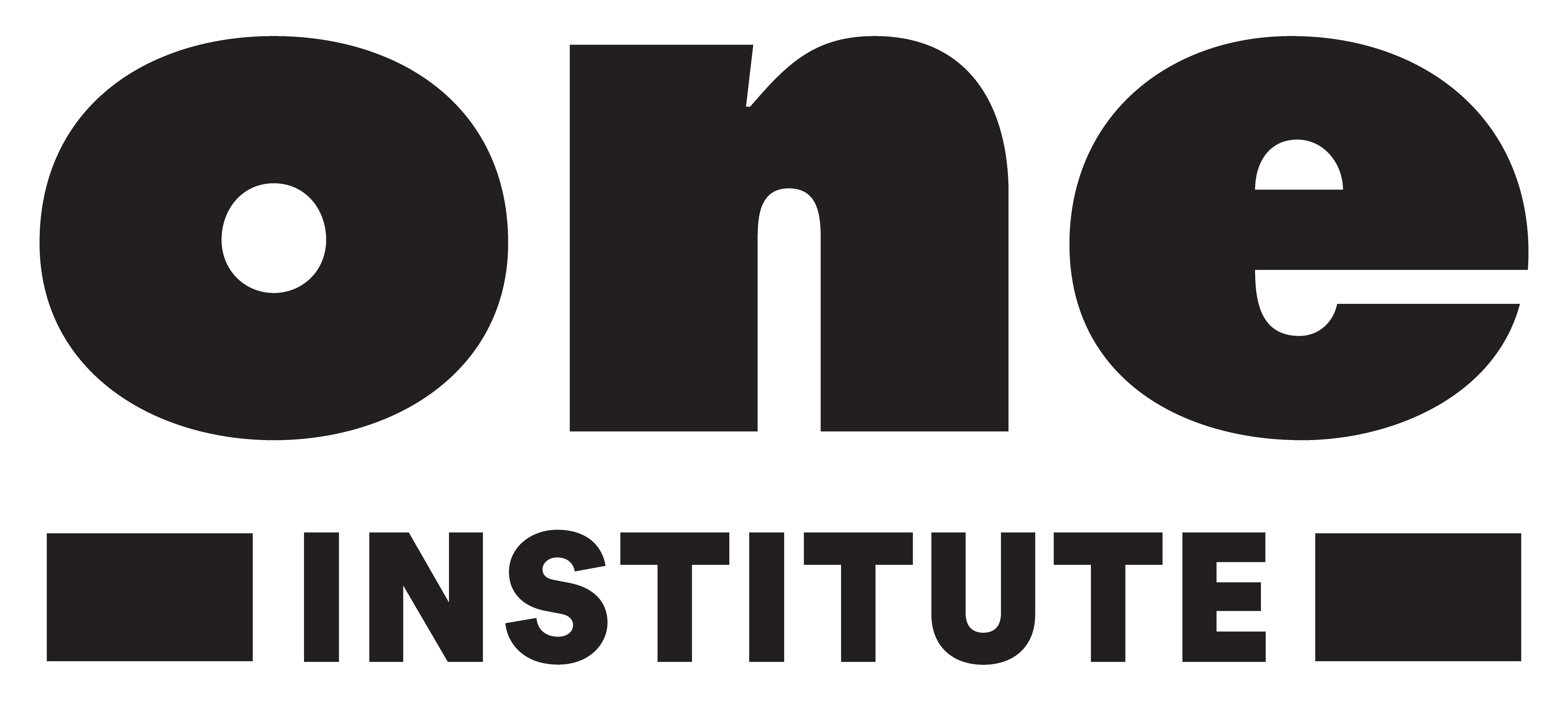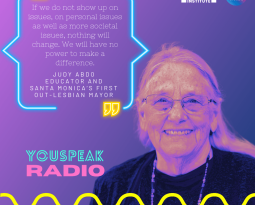Issue 9 – How We Reimagine Our World – May 15, 2020
In Issue 9, we explore the vast world of LGBTQ imagination that reflect liberatory possibilities of lived experiences and histories for the queer community. Exercising the creative mind in order to stake a claim to what is true to the feeling and spirit of the queer community, and using the imagination to conjure models of self identity, religion, and sexuality alternative to the status quo have been intrinsic to queer life. We share recommendations ranging from early 20th century spiritual expressions of male-body androgyny, comedic approaches to Southern gay masculinity and queer teen romance, to drag performance popularized for mainstream television, and healing practices from Asian American communities. We invite you into the queer imagination that presents a better world not only for LGBTQ people themselves, but also for the society at large.
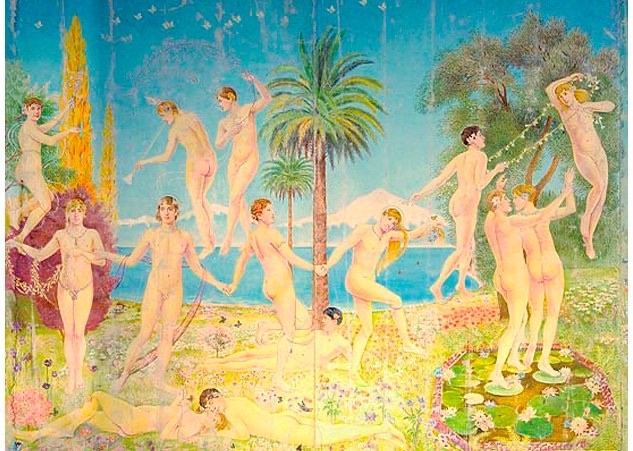
Clear World of the Blissful: A Cyclorama by Elisar von Kupffer (Artwork)
Artists from past eras who probably would have identified as LGBTQ today continue to pique our interest as we ascertain how their non-conforming identities might have influenced their work. One lesser-known example is Elisar von Kupffer, who has sometimes been described as a “painter of ideas” to account for the fact that he was a multi-faceted poet, philosopher, religious thinker, and artist. Check out his gender-bending cyclorama of paintings called Clear World of the Blissful [Klarwelt der Seligen] from 1923-1939 in nicely digitized versions (medium and large sizes). The cyclorama depicts androgynous male figures cavorting in various phases of communal happiness intended to represent the ideal state of “Clarism,” a religion founded by von Kupffer himself. Read about how the paintings were saved from destruction – as well as the unconventional lives of von Kupffer and his life partner Eduard von Mayer – on the Sanctuarium Artis Elisarion website (which downplays their relationship), Wikipedia, or in this article from The Advocate.
Interesting sidenote: Elisar von Kupffer is the first known person to have published an anthology of poems from ancient times to 1900 with the theme of homosexuality (Lieblingminne und Freundesliebe in der Weltliteratur, 1900). Wikipedia calls it “a timeless piece of gay literature.” I have not been able to locate a digitized version, but a facsimile reprint published in 1995 can be found in many research libraries including ONE Archives at the USC Libraries.
– David Farneth, One Institute Board Chair

Queer, There, and Everywhere (Book)
The storytelling in this wonderful book is accessible, thrilling, humorous, and heartfelt. That’s exactly how I like to learn about queer history. The author Sarah Prager states, “Queer history is world history: the stories of every culture from every era… Prepare to see history in a whole new (rainbow) light.” Highly recommended!
One of the “queeroes” profiled is Jose Sarria. ONE Archives at the USC Libraries has a recording and many photographs of Sarria performing in drag at the legendary Black Cat. Additionally, the One Institute offers K-12 educators LGBTQ History Lesson Plans related to individuals included in the book such as Harvey Milk and Bayard Rustin.
– Erik Adamian, Associate Director of Education

What Is Healing for Asian Americans? (Blog)
I’ve been looking for wisdom on healing. After the start of the pandemic, I’ve leaned into my own personal history as a Taiwanese American, contemplating on ancestral knowledge of resilience and healing. Last week, 18 Million Rising (18MR), an Asian Pacific American organizing group, released a new series called What Is Healing for Asian Americans?. This interview series explores expansively the possibilities of healing for Asian America. I was excited to learn just how folx in the APA community conceptualize and practice healing in diasporic contexts. How do people reclaim healing practices while working through migration trauma and stigmatized notions related to the body, gender, and sexuality? What do we heal from collectively as Asian American community members?
The first interview of the series features Sonalee Rashatwar who identifies as a “superfat queer bisexual non-binary sex therapist, clinical social worker, and grassroots organizer.” She/They are a co-owner of Radical Therapy Center in Philadelphia. In the interview, Sonalee offers reflections on fat liberation and healing practices that engage with sexual trauma from a South Asian, decolonizing perspective. Sonalee’s vision for healing is bold and smart. I look forward to reading other interviews in this series.
[CONTENT WARNING: sexual trauma]
– Umi Hsu, Director of Content Strategy
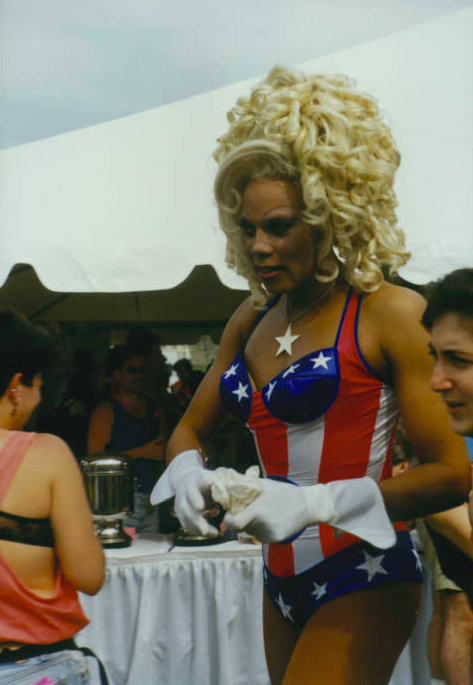
RuPaul’s Drag Race (TV Series)
During this quarantine, I’ve enjoyed revisiting the early seasons of RuPaul’s Drag Race, All Stars and Untucked on Hulu. Whether it’s Jujubee’s reads from Season 2, Dida Ritz’s iconic “This Will Be (An Everlasting Love)” lip-sync from Season 4, or Shangela’s historic “I’ve Never Had a Sugar Daddy” speech, I’m really glad to have stumbled upon another source of laughter during these fraught times.
And for all you RuPaul scholars out there (remember, “Reading is fundamental!”), ONE Archives at the USC Libraries has subject files and other related materials to RuPaul and various drag performers.
– Nick Bihr, Education and Outreach Assistant
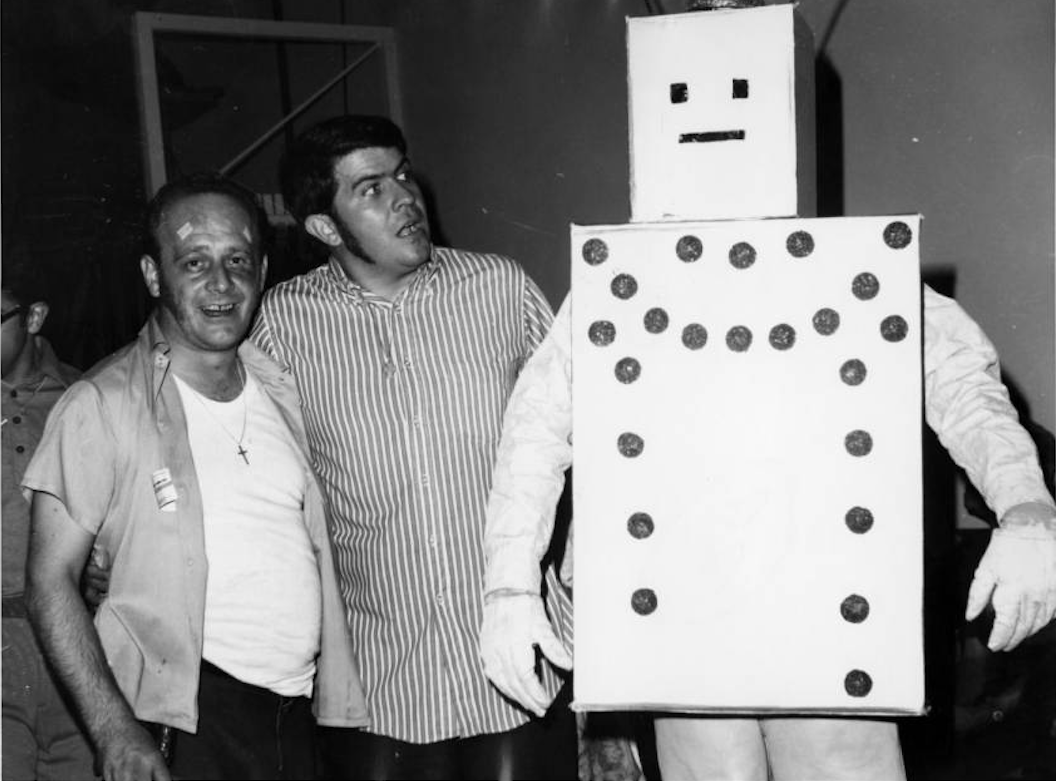
Queer History Trivia Hour (Virtual Event)
Join us for a virtual Queerantine trivia hour featuring a Jeopardy-style LGBTQ history game. This special edition of our popular trivia game features questions specifically selected from both ONE Archives at the University of Southern California Libraries and Cornell University Library’s Human Sexuality Collection.
This event is presented in collaboration with IVY Pride Alliance of Los Angeles: IvyQ, LGLA, Duke LGBTQ Network, Stanford Pride, Brown TBGALA, CUGALA: Cornell’s LGBT Alumni Association, Harvard GSC, Harvard Club of Southern California, PennGALA, Cal Club of Los Angeles, UCLA Lambda, USC Alumni Club of LA, the U Chicago LGBT Alumni Group, and Princeton BTGALA.
Bring your collegiate pride and all are welcome. You do not need to be affiliated with any of these institutions to join us. Register here to receive log-on information. We’ll be awarding prizes, so start studying now!
– Jennifer Gregg, Executive Director

The Half of It (Film)
I love comedies, and there’re not a lot of queer Asian American comedies out there. That’s why I was so excited to hear about Alice Wu’s new film, The Half of It. Wu wrote and directed the film Saving Face, which I really enjoyed when it was released in 2005. The Half of It is Wu’s second feature film, released this month on Netflix. I watched it last night, and loved it! It’s a really sweet film about a teenager, Ellie Chu, who agrees to help a high school jock write a love letter to a girl, whom they both love. This is a Cyrano de Bergerac-style tale for 2020.
– Loni Shibuyama, Archivist, ONE Archives at the USC Libraries
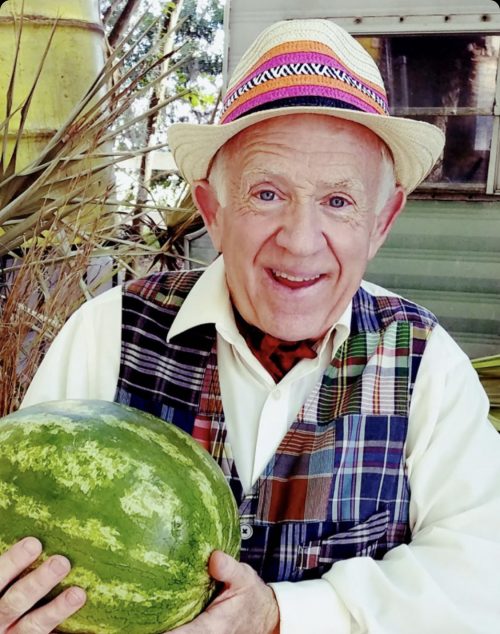
Leslie Jordan’s Instagram (Social Media)
Actor and writer Leslie Jordan, perhaps most well-known for his role in Will and Grace, has an impressive presence with 4.3 million followers on Instagram. His Chattanooga drawl saying “Hello, fellow hunker-downers,” is how I begin most of my mornings these days. As soon as my eyes snap open, I reach for my phone and scroll to his Instagram profile, and within seconds I’m howling with laughter as he launches into a story about growing up gay and Southern Baptist in Tennessee, his mama Peggy Ann, or his Hollywood hijinks. He posts multiple videos a day, so you can check in whenever you need a break and a good chuckle to lift your spirits!
– Jen Dawson, Director of Development
Image credits: (1) von Kupffer, Elisàr. The Clear World of the Blissful. 1939, Monte Verità, Switzerland. (2) Cover of book Queer, There, and Everywhere: 23 People Who Changed the World by Sarah Prager. Image courtesy of Harper Collins. (3) Image by Bianca Nozaki-Nassar, courtesy of 18 Million Rising. (4) RuPaul at March on Washington, 1993. William S. Tom photographs, ONE Archives at the USC Libraries. William S. Tom, photographer. (5) Leo Hunt (left) and Troy Perry (center) looks stunned at a person in a robot Halloween costume, c. 1971. Pat Rocco photographs and papers, ONE Archives at the USC Libraries. Pat Rocco, photographer. (6) Courtesy of Netflix. (7) Courtesy of Leslie Jordan’s Instagram.
